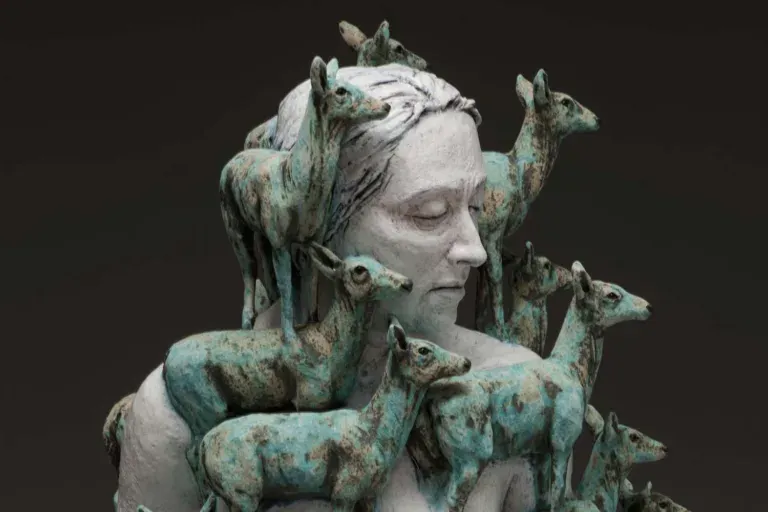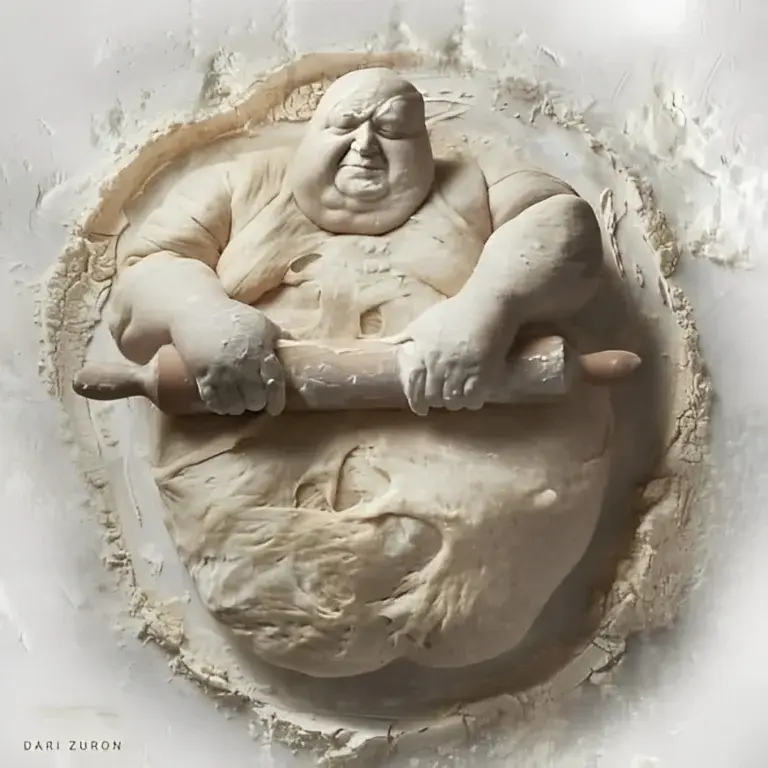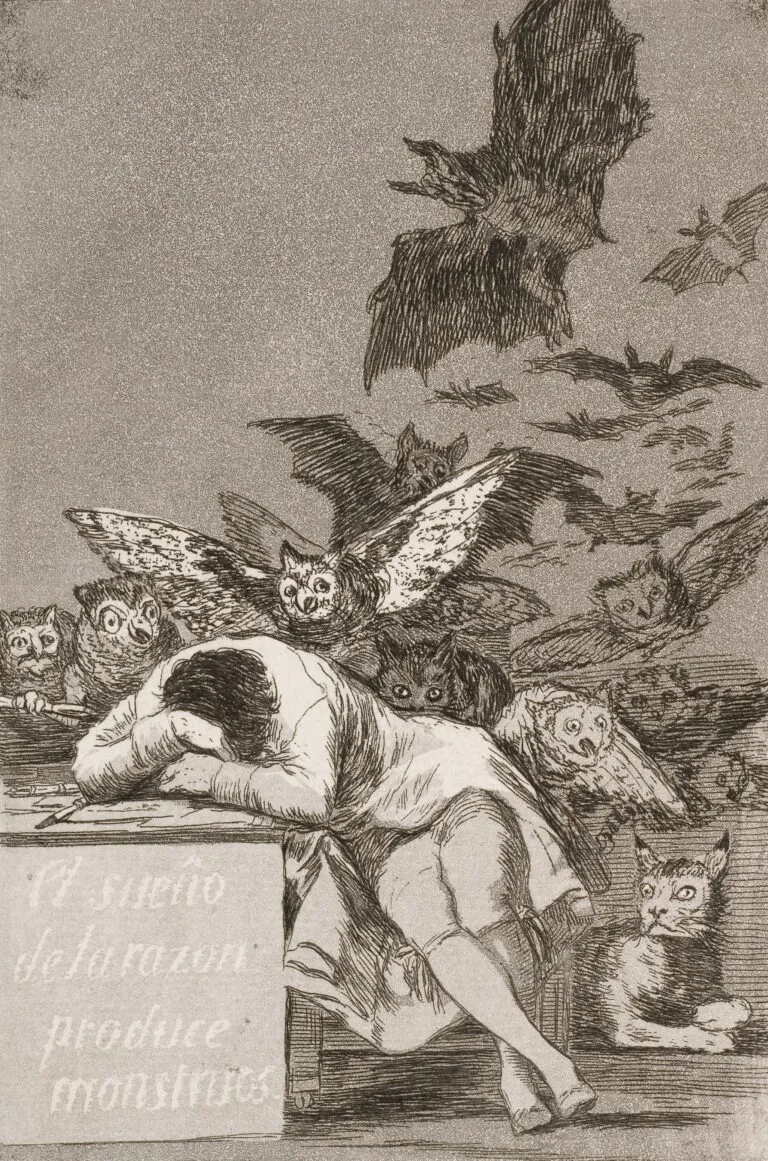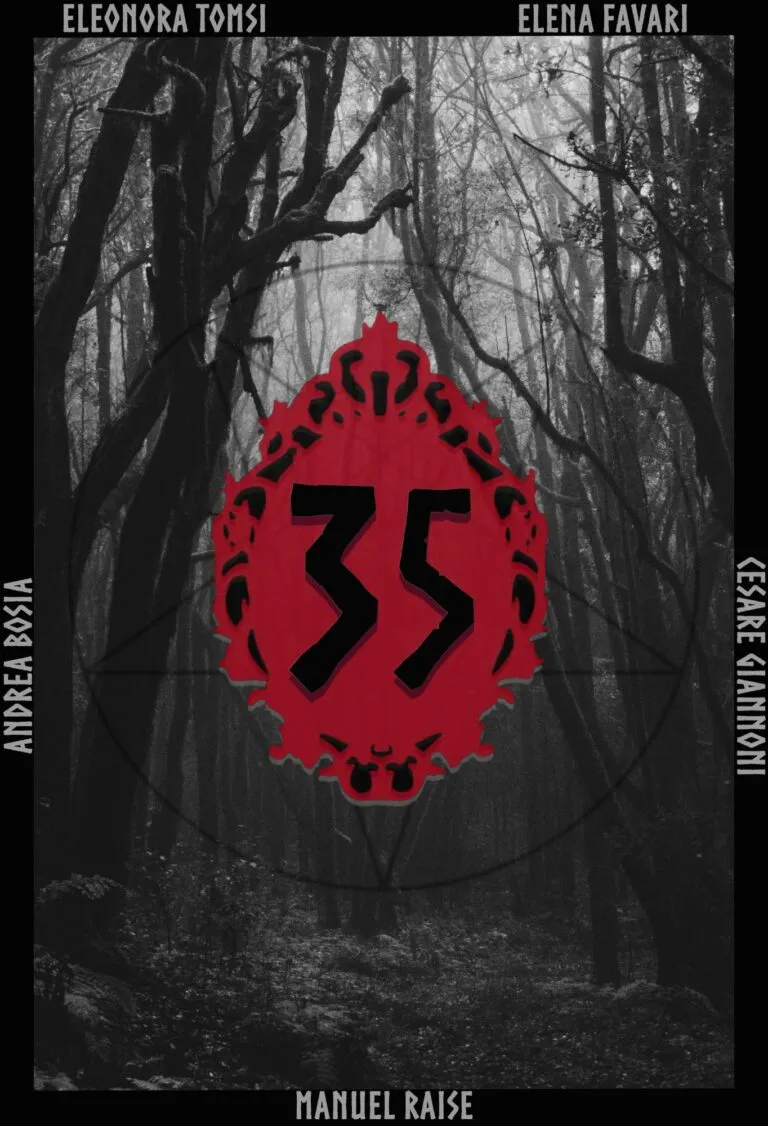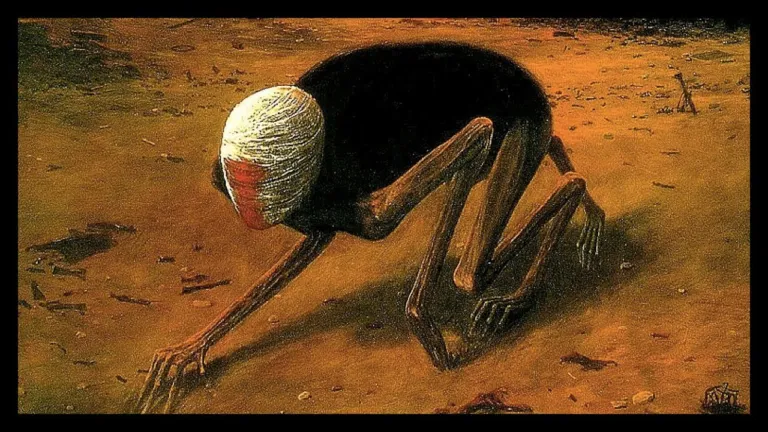Johnson Tsang: The Art of Metamorphosis and Perception
Johnson Tsang: The Art of Metamorphosis and Perception is one of the most innovative and fascinating sculptors in the contemporary scene, with a career that spans technique and imagination in ways that challenge artistic conventions. Born in Hong Kong, Tsang has captivated a global audience with his surprising and provocative works, which often explore the boundary between reality and fantasy, between the ordinary and the fantastic.
A Journey into the World of Sculpture
Tsang embarked on his artistic journey with an education that, while not initially oriented towards art, later took a decidedly creative turn. After studying industrial design and engineering, he immersed himself in the world of sculpture, finding in ceramics his preferred expressive medium. His skill in shaping ceramics is evident in every piece, combining technical mastery with surreal imagination.
 Themes and Style: The Magic of Transformation
Themes and Style: The Magic of Transformation
Tsang’s sculptures are known for their ability to transform the common perception of everyday objects. Often characterized by fluid and dynamic forms, his works seem to defy the laws of physics and logic. His most famous series of sculptures, which include human heads merging and transforming into other objects, reflects a profound contemplation of the fluidity of our identity and existence.
One of the most fascinating aspects of Tsang’s work is his ability to create sculptures that seem to be in constant metamorphosis. His works often play with the idea of fusion and transformation, as seen in sculptures that combine elements of the human face with other forms, creating a sense of distortion and change. This approach not only demonstrates extraordinary technical skill but also invites the viewer to reflect on the mutable nature of identity and human experience.
 Technique and Innovation: The Art of Ceramics
Technique and Innovation: The Art of Ceramics
Ceramics is Tsang’s preferred medium, and his technique reflects a delicate balance between precision and spontaneity. Each piece is crafted with a mastery that allows for extraordinary details, and his use of firing and glazing techniques gives his sculptures an almost ethereal quality. Tsang does not merely follow the conventions of traditional ceramics but explores and pushes the boundaries of the medium, using ceramics to express complex and visually stimulating concepts.
Influences and Recognitions
Tsang’s art has been influenced by a variety of sources, including Asian culture and Western artistic traditions. This fusion of cultural influences is reflected in his ability to create works that are both rooted in tradition and revolutionary in their vision. His sculptures have been exhibited in numerous galleries and international museums, receiving broad recognition and acclaim from critics and the public.
 Conclusion: A Unique Visual Experience
Conclusion: A Unique Visual Experience
The art of Johnson Tsang **Metamorphosis and Perception** is a testament to the transformative power of sculpture and ceramics. His works invite viewers to explore the beauty and complexity of our perception of reality and reflect on the continuous change of our identity. Through his technical innovation and unique artistic vision, Tsang has created a body of work that not only fascinates and inspires but also provokes deep reflection on who we are and how we see the world.

Subscribe to our YouTube channel
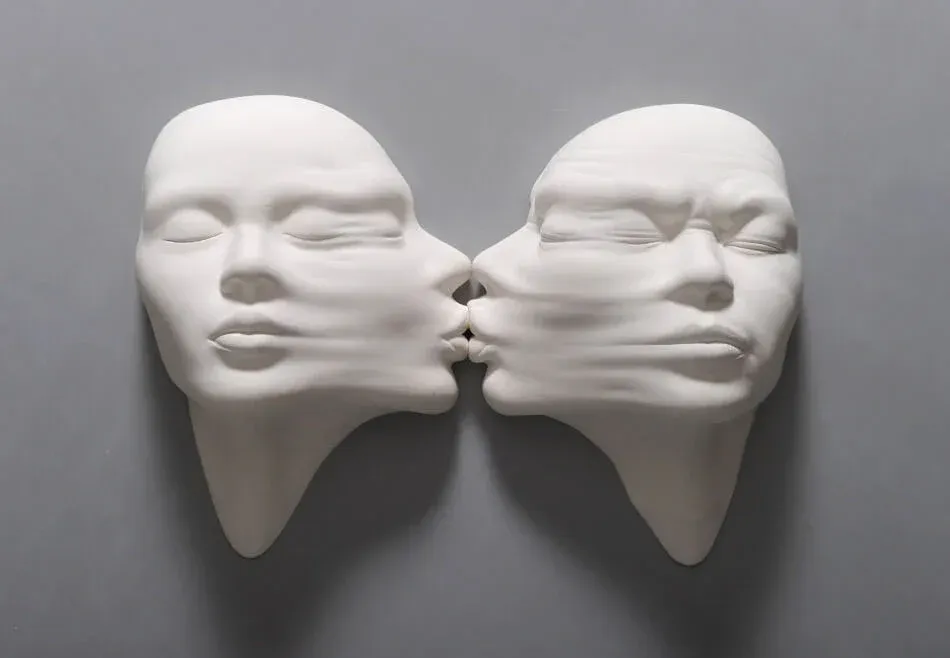
 Themes and Style: The Magic of Transformation
Themes and Style: The Magic of Transformation Technique and Innovation: The Art of Ceramics
Technique and Innovation: The Art of Ceramics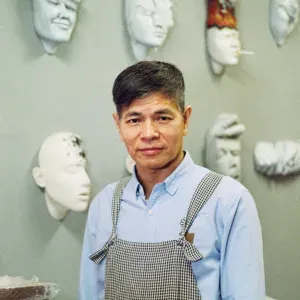 Conclusion: A Unique Visual Experience
Conclusion: A Unique Visual Experience